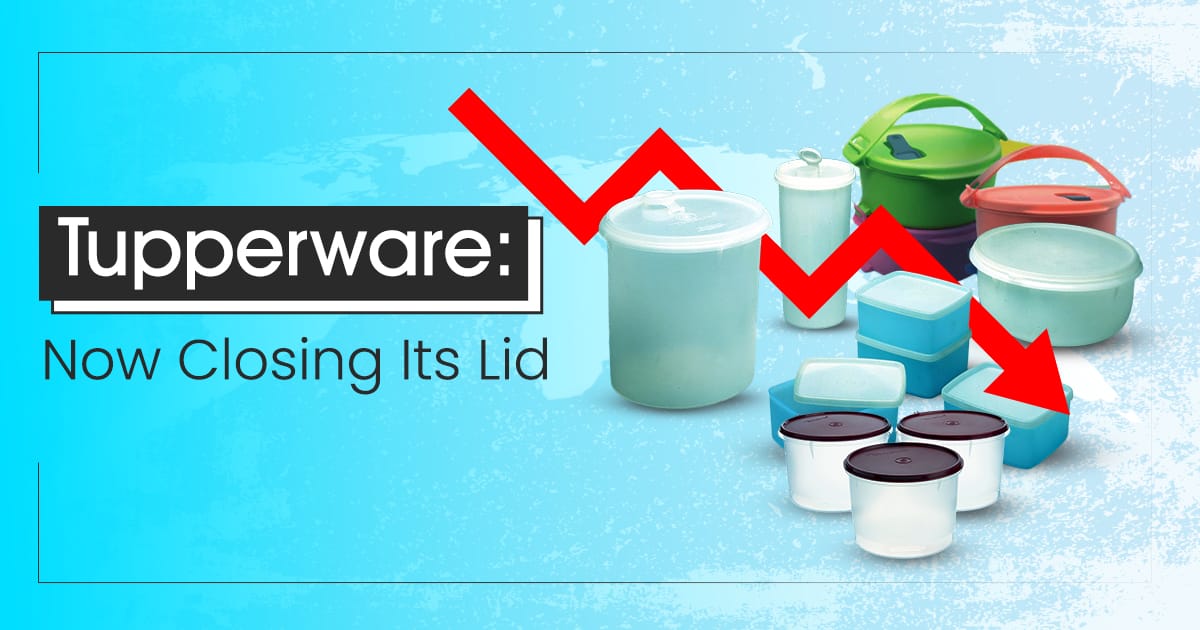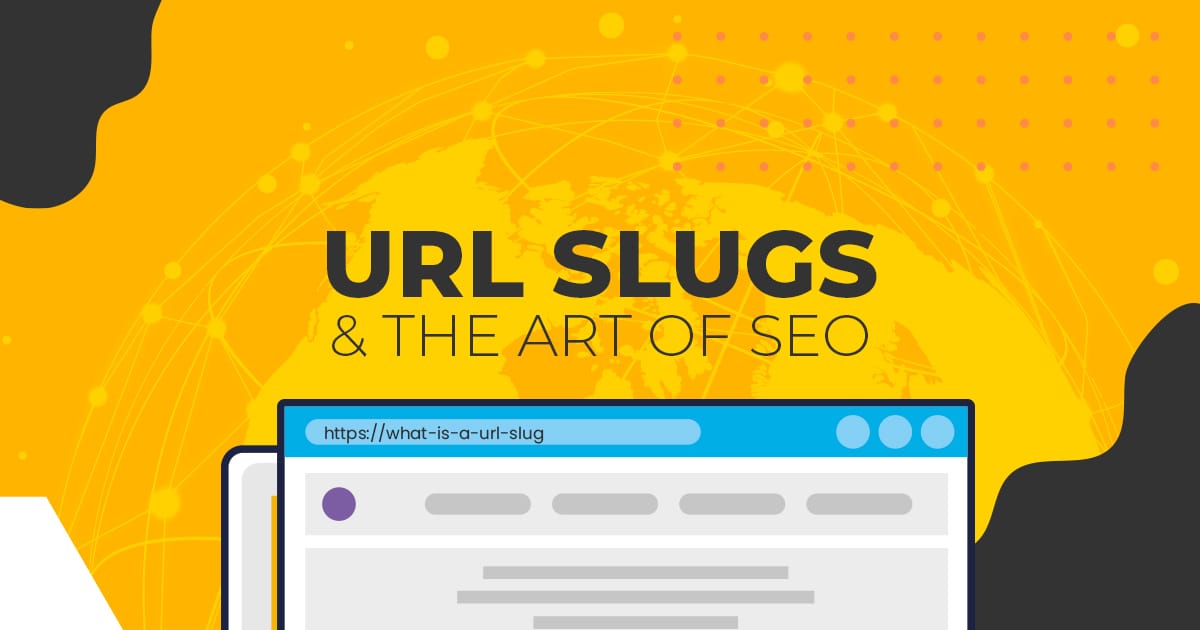E-commerce websites operate differently from traditional websites because today’s consumers seek more than just products—they want a deeper connection and convenience. While paid ads are a reliable way to grab attention, we understand that as a new e-commerce venture, you might not have the budget to invest heavily in advertising. But don’t worry! Your 360-degree marketing agency and partner is here to help! Here are 20 effective brews to help e-commerce websites succeed organically:
1. Optimise for Organic SEO
Organic search engine optimization (SEO) is foundational for driving traffic. Utilising keyword research to identify terms relevant to your products can significantly improve your visibility. For example, integrating keywords like “organic sunscreen” into product titles, descriptions, and meta tags can draw in targeted traffic. According to BrightEdge, 53% of website traffic comes from organic search, making it crucial to optimise your site for search engines and users alike.
Tips:
- Focus on user experience: A well-structured, easy-to-navigate site retains visitors longer.
- Produce quality content: Regularly publish blogs, guides, and product roundups to attract and engage customers.
- Build backlinks: Quality backlinks increase your site’s authority, further boosting your SEO ranking.
Example: Nykaa effectively uses keywords like “best organic skincare” in product descriptions to rank higher in search results.
2. Understand Your Customer Personas
Creating detailed buyer personas helps you tailor your marketing strategies effectively. A study by HubSpot indicates that companies with well-defined personas generate 56% more leads and enjoy a 36% shorter sales cycle.
Tips:
- Research demographics, motivations, and behaviours of your target audience.
- Tailor your messaging and offerings to meet the specific needs of your personas.
Example: Myntra develops personas for different customer segments, such as fashion-conscious young adults and working professionals, to personalise their marketing efforts.
3. Improve the On-Page Experience
Google emphasises the importance of on-page experience in ranking sites. Core web vitals, intuitive navigation, and user-friendly layouts are vital.
Tips:
- Use clear CTAs: Guide visitors through your site, prompting actions like sign-ups or purchases.
- Ensure accessibility: Make your site usable for everyone, regardless of ability.
Example: Flipkart ranks highly for user experience due to its clear navigation and well-organised product categories, making it easy for shoppers to find items.
4. Leverage Email Marketing Strategically
Email marketing boasts an impressive ROI of $40 for every $1 spent, according to Omnisend. It promotes customer loyalty and engagement, effectively driving traffic back to your online store.
Tips:
- Offer discounts for sign-ups to build your email list.
- Send exclusive offers and updates to keep customers engaged.
Example: Zomato engages its audience by sending personalised emails & notifications featuring restaurant recommendations and special offers based on users’ previous orders.
5. Optimise Your CTAs
With an average conversion rate of just 2.9%, it’s essential to capture email addresses through effective CTAs. Simple changes in colour or wording can lead to significant differences in conversion rates.
Tips:
- A/B test various CTA buttons for optimal performance.
- Experiment with placement and copy to see what resonates best.
Example: Pepperfry tests different CTA phrases like “Shop Now” versus “Explore the Collection” to see which generates more clicks.
6. Improve Your Checkout Process
Cart abandonment rates hover around 70.19%. To combat this, streamline your checkout process and eliminate hidden fees.
Tips:
- Be transparent about shipping costs and other fees upfront.
- Limit the number of clicks required to complete a purchase.
Example: Amazon India simplifies its checkout process by allowing one-click purchases for Prime members, leading to reduced abandonment rates.
7. Add Internal Links to Your Site
Internal linking enhances SEO and improves user experience. Sites with a solid internal linking strategy rank higher and keep visitors engaged.
Tips:
- Link related products on product pages to encourage additional purchases.
- Use breadcrumbs for easy navigation back to core pages.
Example: Lenskart links from their eyewear product pages to related accessories, enhancing user experience and increasing session duration.
8. Improve Your Product Pages
Product pages that focus on customer benefits, rather than just features, can drive sales. According to a study by BigCommerce, detailed product descriptions can lead to a 27% increase in conversion rates.
Tips:
- Highlight how features benefit customers directly in your descriptions.
- Include high-quality images and social proof to build trust.
Example: Fastrack emphasises the benefits of their watches, like durability and style, on product pages to appeal to consumers’ needs.
9. Upsell Existing Customers
Upselling can significantly increase average order value. For instance, Amazon increased its sales by 35% in its first year of upselling.
Tips:
- Suggest related products on product pages and during checkout.
- Offer free shipping for orders over a certain amount to encourage upsells.
Example: Myntra suggests related fashion items on product pages, encouraging customers to add more items to their carts.
10. Optimise for Mobile Shoppers
With over 60% of web traffic coming from mobile devices, optimising your site for mobile users is non-negotiable. According to Statista, mobile e-commerce sales are projected to reach $3.56 trillion in 2026.
Tips:
- Choose responsive design for seamless viewing across devices.
- Minimise checkout steps and offer mobile payment options.
Example: Uber offers a responsive design and mobile payment options, streamlining the booking process for users on the go.
11. Build Out Your Social Profiles
Research from HubSpot shows that 84% of consumers are more likely to buy from social apps than from a brand’s website. Social media is not just for marketing; it’s also a sales channel.
Tips:
- Set up social storefronts to allow users to shop directly from social media.
- Engage with your audience through compelling content and influencer partnerships.
Example: Chumbak utilises Instagram Shops to allow users to purchase directly through the platform, simplifying the shopping experience.
12. Create Shareable Social Content
Creating engaging, value-driven social content increases shareability and reach. Video content, contests, and user-generated content (UGC) can resonate well with your audience.
Tips:
- Use trending topics and educational content to engage your audience.
- Leverage influencers to expand your reach.
Example: Blinkit engages its audience through memes and moment marketing posts on social media, prompting followers to share the content with friends.
13. Use Digital Public Relations Tactics
Building high-quality backlinks through digital PR boosts credibility and authority. According to SEMrush, 76% of SEO professionals say that backlinks are a crucial factor in ranking.
Tips:
- Engage in guest blogging and collaborate with local or niche publications.
- Issue press releases for newsworthy updates.
Example: A niche e-commerce site like The Better India publishes guest blogs on sustainability and wellness, gaining exposure and driving traffic back to their site.
14. Build Out Your Blog
Blogging enhances visibility and establishes authority in your niche. Businesses that blog receive 97% more links to their websites.
Tips:
- Focus on valuable, informative content that addresses your audience’s needs.
- Incorporate SEO best practices to increase blog visibility.
Example: BigBasket publishes articles on healthy eating and recipes, attracting organic traffic from consumers searching for food-related content.
15. Create a Sense of Urgency
Urgency encourages immediate purchases. Using tactics such as countdown timers or limited stock notifications can prompt quick buying decisions.
Tips:
- Employ popups to show recent purchases by other customers.
- Send “last chance” emails to encourage conversions.
Example: Nykaa uses countdown timers for flash sales, prompting immediate action from visitors.
16. Add User-Generated Content
User-generated content (UGC) increases trust and engagement. Brands like Sephora leverage UGC effectively, showcasing customer reviews and community interactions.
Tips:
- Encourage customers to share photos of your products on social media.
- Feature reviews prominently on product pages to build credibility.
Example: Tata CLiQ encourages customers to share their shopping experiences on social media, creating a sense of community and trust around the brand.
17. Develop Rewards and Referral Programs
Loyalty programs increase customer retention, with a 60-70% chance of selling to existing customers compared to just 5-15% for new ones.
Tips:
- Offer incentives for returning customers, such as discounts or exclusive access to new products.
- Implement referral programs where customers can earn rewards for referring others.
Example: BookMyShow has a rewards program that offers points for every booking, incentivizing repeat business and fostering brand loyalty.
18. Offer Free Shipping
Sixty-two percent of consumers won’t shop with a retailer that doesn’t offer free shipping. Implementing free shipping strategies can significantly boost conversion rates.
Tips:
- Raise prices slightly to cover shipping costs while advertising free shipping.
- Set free shipping thresholds to encourage larger purchases.
Example: Flipkart, Myntra, Nyakaa etc often offer free shipping on minimum purchase thresholds, encouraging larger orders.
19. Use Trust Signals
Trust signals like customer reviews, security badges, and recognized payment logos are essential in gaining customer confidence. According to PwC, 19% of shoppers will abandon carts if they don’t trust the site.
Tips:
- Display trust badges prominently on your site.
- Engage with customers on social media to build rapport and trust.
Example: E-commerce sites like HDFC Bank’s PayZapp prominently display security badges and customer reviews on checkout pages, enhancing credibility and encouraging purchases.
20. Implement Video Content
Eighty-seven percent of video marketers report increased traffic to their websites due to video content. Product demos, tutorials, and behind-the-scenes content can enhance customer engagement.
Tips:
- Embed videos on product pages to provide visual context and reassurance.
- Share video content on social media platforms to broaden reach.
Example: Tanishq creates engaging videos showcasing their jewellery designs and the craftsmanship behind them, enhancing customer confidence in their purchases.
Who doesn’t love tips? But we know it’s tough to put them into action without someone to guide you and manage every aspect of communication and strategy. Looking for a 360-degree marketing agency in Kolkata to help build your brand identity for a new e-commerce venture, or breathe fresh life into an existing site? Gr8 Brews, Kolkata’s leading brand identity and 360-degree marketing agency is here with a dedicated team to support you. Connect with us!





